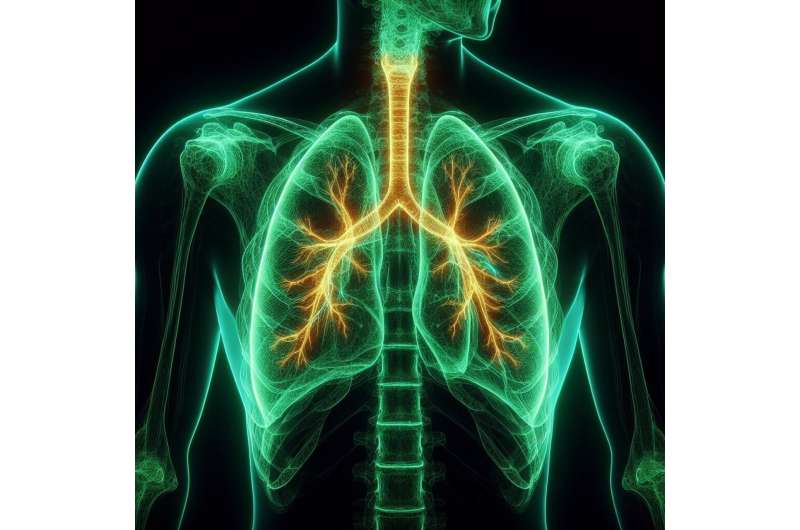CDC Alters Foodborne Illness Surveillance Strategy

The CDC has scaled back the FoodNet program, now tracking only Salmonella and E. coli to streamline foodborne illness surveillance, raising concerns about outbreak detection and risk assessment.
Federal health authorities have recently made a significant change to the monitoring system for foodborne illnesses in the United States. The Foodborne Diseases Active Surveillance Network, known as FoodNet, will now focus its tracking efforts on only two pathogens: Salmonella and Shiga toxin-producing Escherichia coli (E. coli). Previously, the program actively monitored infections caused by eight different pathogens, including Campylobacter, Cyclospora, Listeria, Shigella, Vibrio, Yersinia, and others.
This adjustment means that participating state health departments, which belong to a longstanding partnership initiated in 1995, are now required to report only on these two key pathogens. FoodNet covers approximately 16% of the U.S. population and involves health agencies in Colorado, Connecticut, Georgia, Maryland, Minnesota, New Mexico, Oregon, Tennessee, and select counties in California and New York.
According to officials, this change aims to optimize resource allocation and streamline surveillance activities. CDC spokesperson Paul Prince indicated that narrowing the focus would help FoodNet staff prioritize essential functions and steward resources more effectively. However, some experts express concerns that this reduced scope could hinder the early detection of outbreaks and limit the understanding of emerging food safety risks.
Historically, FoodNet's comprehensive data collection has played a vital role in tracking infection trends and informing public health actions. Without the broader pathogen data, public health officials may face challenges in accurately assessing whether certain pathogens are becoming more or less prevalent.
This decision coincides with ongoing debates about federal funding for public health initiatives, with some analysts questioning whether resource constraints have influenced the shift. Nonetheless, the program remains a critical component of the nation's food safety infrastructure.
For more information, visit the official FoodNet page: CDC FoodNet.
Stay Updated with Mia's Feed
Get the latest health & wellness insights delivered straight to your inbox.
Related Articles
Aging Impairs CAR-T Cell Function by Disrupting Cellular Metabolism, New Research Finds
New research reveals that aging hampers CAR-T cell effectiveness by disrupting mitochondrial metabolism, but NAD restoration shows promise for rejuvenating these cells in older cancer patients.
Workplace Dissatisfaction and Burnout Driving General Practitioners to Leave the Medical Field
Burnout and job dissatisfaction are major drivers prompting general practitioners to consider leaving patient care, threatening healthcare workforce stability. This research emphasizes the urgent need for supportive strategies to retain GPs.
Revised Diagnostic Criteria for Frontotemporal Dementia Could Enable Earlier Treatment
New research suggests updating diagnostic criteria for behavioral variant frontotemporal dementia to enable earlier detection and treatment, focusing on behavioral and social cognitive symptoms rather than restrictive cognitive benchmarks.
Common Lung Cancer Symptom Medication May Reduce Effectiveness of Immunotherapy
New research shows that corticosteroids used to manage lung cancer symptoms may reduce the effectiveness of immunotherapy treatments. Learn how steroid use impacts immune response and patient outcomes.



